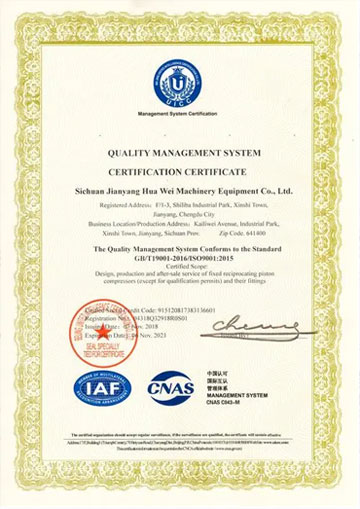

self tapping screw head
Nov . 20, 2024 09:09 Back to list
self tapping screw head
Understanding Self-Tapping Screw Heads A Comprehensive Guide
Self-tapping screws are essential fasteners widely used in various industries, from construction to electronics. They are designed to create their own hole during installation, eliminating the need for pre-drilling and providing significant advantages in speed and efficiency. This article delves into the nuances of self-tapping screw heads, their types, applications, and advantages.
The Basics of Self-Tapping Screws
Self-tapping screws are distinguished by their unique threading and pointed tips, which allow them to penetrate materials easily. Unlike standard screws, which require a pre-drilled hole, self-tapping screws can achieve a secure fit in a variety of materials, including wood, metal, plastic, and composite materials. The thread design and screw head type play a crucial role in the overall performance and application of these screws.
Types of Self-Tapping Screw Heads
Self-tapping screws come in various head types, each designed for specific applications and aesthetics. Here’s a closer look at some common types
1. Flat Head This type of screw head allows for a flush finish with the surface of the material. It's often used in woodworking and applications where a smooth finish is required.
2. Pan Head A pan head has a rounded top and a wide bearing surface. This design makes it suitable for applications where additional surface area is necessary for a secure hold, such as in metal or plastic.
3. Hex Head Hex head screws are designed for use with a wrench or socket, making them ideal for heavy-duty applications. Their robust design allows for significant torque, making them suitable for structural applications.
4. Phillips and Slotted Heads Phillips head screws allow for better engagement with the screwdriver and reduce the risk of slipping. Slotted heads, while less commonly used, are still found in some applications where simplicity is key.
5. Torx Head Torx screws feature a star-shaped design that provides excellent grip and resistance to stripping. They are often used in automotive and electronics applications due to their reliability.
Applications of Self-Tapping Screws
self tapping screw head

Self-tapping screws are versatile fasteners that can be employed in various industries. Some common applications include
- Construction These screws are often used in framing, siding installation, and roofing where quick assembly and durable fastening are crucial. - Manufacturing In manufacturing settings, self-tapping screws are employed in the assembly of products, providing efficient solutions for fastening metal and plastic parts.
- Electronics Self-tapping screws are used in electronics to secure circuit boards and casings, ensuring a rigid assembly without the need for additional hardware
.- Automotive In automotive applications, self-tapping screws secure various components, from body panels to interior fittings, where robustness is essential.
Advantages of Self-Tapping Screws
1. Efficiency The ability to drill into materials without pre-drilling saves time and labor, making projects more efficient.
2. Versatility With the capability to work with multiple materials, self-tapping screws can be used in a wide range of applications.
3. Cost-Effective By eliminating the need for pre-drilling tools, projects can reduce costs associated with equipment and labor.
4. Secure Fit The design of self-tapping screws allows for a strong hold, reducing the risk of loosening over time, even under stress or movement.
5. Ease of Use Most self-tapping screws can be driven in with standard screwdrivers or power tools, making them accessible for both professionals and DIY enthusiasts.
Conclusion
Self-tapping screws are indispensable tools that enhance efficiency and security in various applications. Understanding the different types of screw heads and their specific advantages can help in selecting the right fastener for any project. Whether you are a contractor, manufacturer, or hobbyist, embracing the benefits of self-tapping screws can significantly impact the quality and speed of your work. As industries continue to evolve, so will the designs and applications of self-tapping screws, solidifying their place as a fundamental component in modern construction and manufacturing.
Latest news
-
Premium Fasteners Manufacturer | AI-Driven Solutions
NewsAug.01,2025
-
Hot Dip Galvanized Bolts - Hebei Longze | High Strength, Corrosion Resistance
NewsAug.01,2025
-
High-Strength Hot Dip Galvanized Bolts - LongZe | Corrosion Resistance, Custom Sizes
NewsAug.01,2025
-
Best Self Tapping Screws for Drywall - Fast & Secure Installation
NewsJul.31,2025
-
High-Strength Hot Dip Galvanized Bolts-Hebei Longze|Corrosion Resistance&Customization
NewsJul.31,2025
-
Hot Dip Galvanized Bolts-Hebei Longze Metal Products|Corrosion Resistance&High Strength
NewsJul.31,2025

